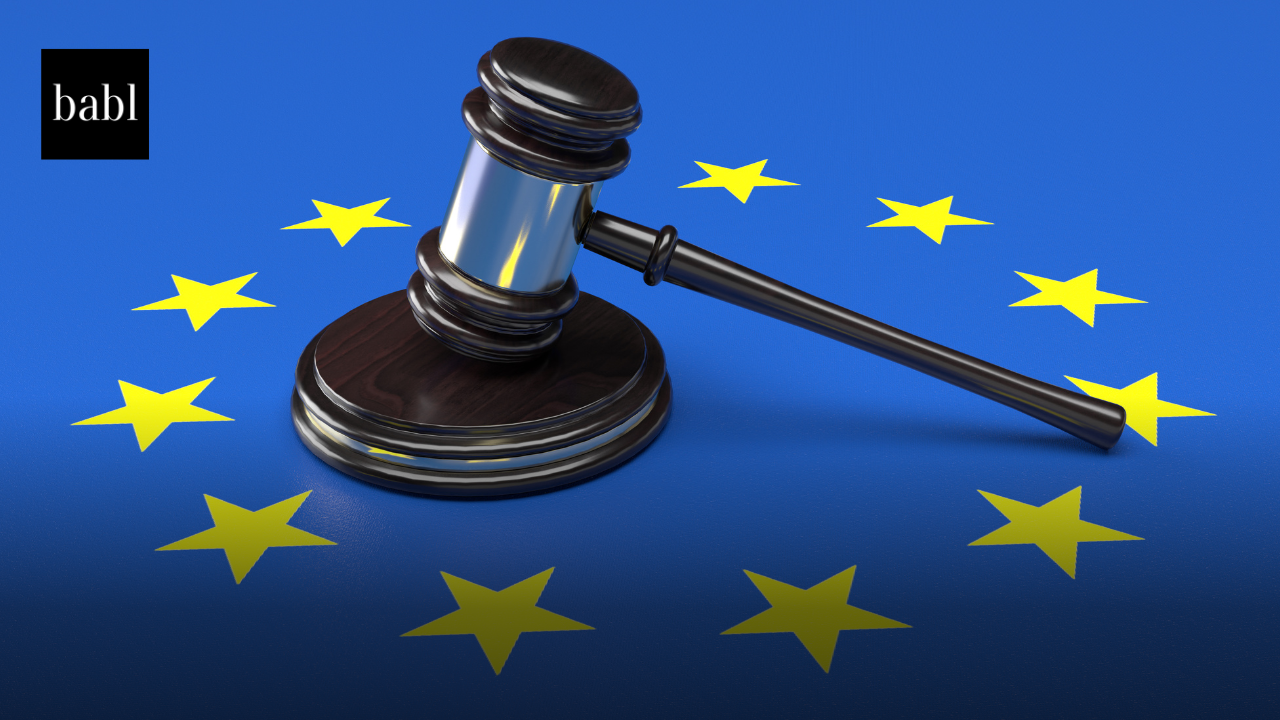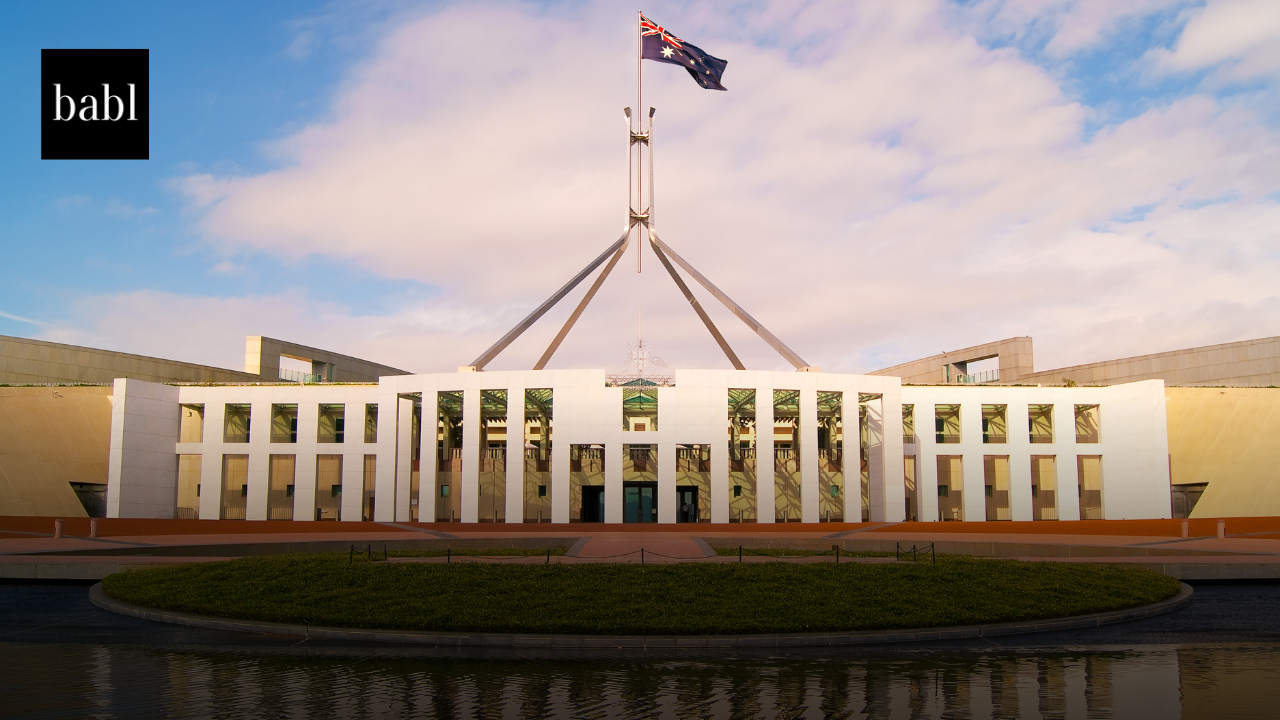The 2024 Nobel Prize in Physics has been awarded to John J. Hopfield and Geoffrey E. Hinton for their pioneering work that laid the foundation for today’s powerful machine learning technologies using artificial neural networks. Their research in artificial neural networks reshaped both physics and computer science, enabling machines to learn patterns and recognize images.
Early Foundations of Neural Networks
Hopfield, a professor at Princeton University, introduced a new type of neural network in the 1980s. His network could store patterns and retrieve them later, even when the input was incomplete or distorted. This concept—called associative memory—became essential to image recognition and data reconstruction. Instead of programming rules manually, Hopfield’s model let networks learn by adjusting the strength of the connections between nodes. The network moved toward the lowest “energy state,” which represented the most accurate output it could produce. Through this system, machines could repair corrupted information. That idea shows up today in facial recognition, autonomous vehicles, and data recovery tools.
Hinton Expands the Field
At the University of Toronto, Geoffrey Hinton expanded on Hopfield’s work. He introduced the Boltzmann machine, a neural network that identifies patterns in data without being told what to look for. Hinton used principles from statistical physics to help the network explore data, test connections, and improve accuracy over time. His research later accelerated the rise of deep learning, which now powers language translation, medical imaging, self-driving vehicles, and countless applications across consumer tech.
From Physics to Global Impact
Neural networks now shape industries far beyond computer science. They influence healthcare, finance, manufacturing, and environmental research. AI systems powered by the concepts Hopfield and Hinton introduced can analyze medical scans, support drug discovery, and model advanced materials. Ellen Moons, Chair of the Nobel Committee for Physics, emphasized the magnitude of their impact. “The laureates’ work has already delivered immense benefit,” Moons said. “In physics, we use artificial neural networks to develop new materials with specific properties.” Hopfield and Hinton’s contributions continue to define how machines learn, how data gets interpreted, and how AI evolves.
Need Help?
If you have questions or concerns about AI, don’t hesitate to reach out to BABL AI. Hence, their Audit Experts can offer valuable insight, and ensure you’re informed and compliant.





